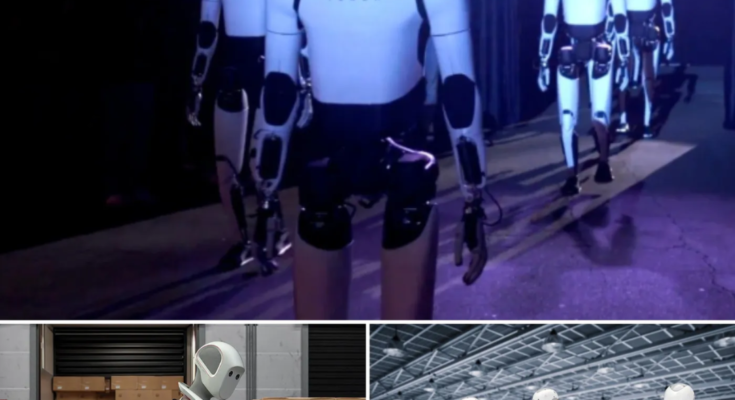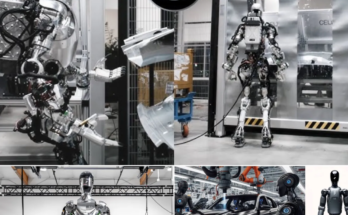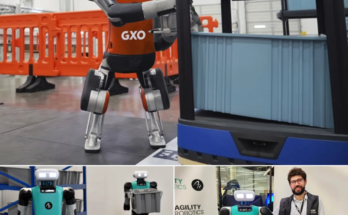Elon Musk, the billionaire tech mogul, has made a bold prediction for the future of robotics. During the Future Investment Initiative event in Saudi Arabia on October 29, 2024, Musk shared his belief that by 2040, there could be at least 10 billion humanoid robots in existence—surpassing the global human population. He explained that humanoid robots, such as Tesla’s Optimus, could become ubiquitous, potentially outnumbering humans and revolutionizing various industries.
The Rise of Humanoid Robots and Their Impact on Society
According to Musk, humanoid robots will no longer be just a futuristic concept but a mainstream reality. He stated, “I believe by 2040, there will be more humanoid robots than humans.” This prediction paints a fascinating picture of a world where humanoid robots are integrated into everyday life, performing a wide array of tasks ranging from household chores to complex industrial operations. These robots would redefine the labor market, potentially reducing the need for human workers in numerous sectors.
The Cost of Innovation: Humanoid Robots at an Affordable Price

While the idea of having a robot at your service may sound like science fiction, Musk revealed that the price of these robots would be surprisingly affordable. The cost of a fully capable humanoid robot could range between $20,000 and $25,000, a price point that could make robots accessible to the masses. Tesla’s efforts to bring down the cost of manufacturing robots, particularly the Optimus model, are aimed at creating a future where personal robots are as common as smartphones.
Tesla’s Vision for the Future: Robots as Key Drivers of Growth
Musk’s vision for Tesla goes beyond electric vehicles. He believes that humanoid robots like Optimus will be pivotal to Tesla’s future growth. In fact, he envisions the development of robotic taxis as a major factor in boosting Tesla’s market value. Musk stated that these robots could push Tesla’s worth to $25 trillion, far surpassing its current valuation. This would make Tesla an even more dominant force in the tech industry, akin to the market capitalizations of the S&P 500 companies combined.
The Evolution of Optimus: From Concept to Prototype
Tesla’s Optimus robot was first introduced in 2021 in a conceptual stage, with a human actor wearing a bodysuit performing breakdancing on stage. However, in 2022, the company unveiled the first Optimus prototype, a 173 cm tall and 57 kg humanoid robot with a screen on its face to display information. Over the following months, Optimus began showcasing its abilities, including tasks such as folding clothes, balancing, and even performing yoga. At the We, Robot event on October 11, 2024, Optimus demonstrated autonomous movement, though it was reportedly controlled remotely.

AI and Population Decline: Musk’s Broader Vision
In addition to discussing humanoid robots, Musk touched on broader topics such as the decline in global population and the future of human space exploration. He also highlighted the importance of artificial intelligence (AI), emphasizing the need to develop AI systems capable of seeking the “maximum truth.” Musk expressed concerns about AI being trained for political correctness or philosophical ideologies that could be skewed. His comments sparked discussions on the ethical implications of AI development and its potential impact on society.
The Future Is Now: A World Shaped by Robots and AI
Elon Musk’s vision of a world filled with humanoid robots is no longer confined to the realm of imagination. With developments in robotics and artificial intelligence accelerating at an unprecedented pace, the dream of 10 billion robots is inching closer to reality. As Tesla continues to advance its Optimus robot and the cost of automation decreases, we are likely to witness a future where robots become integral to our daily lives, reshaping the global economy, labor markets, and even our very existence.



